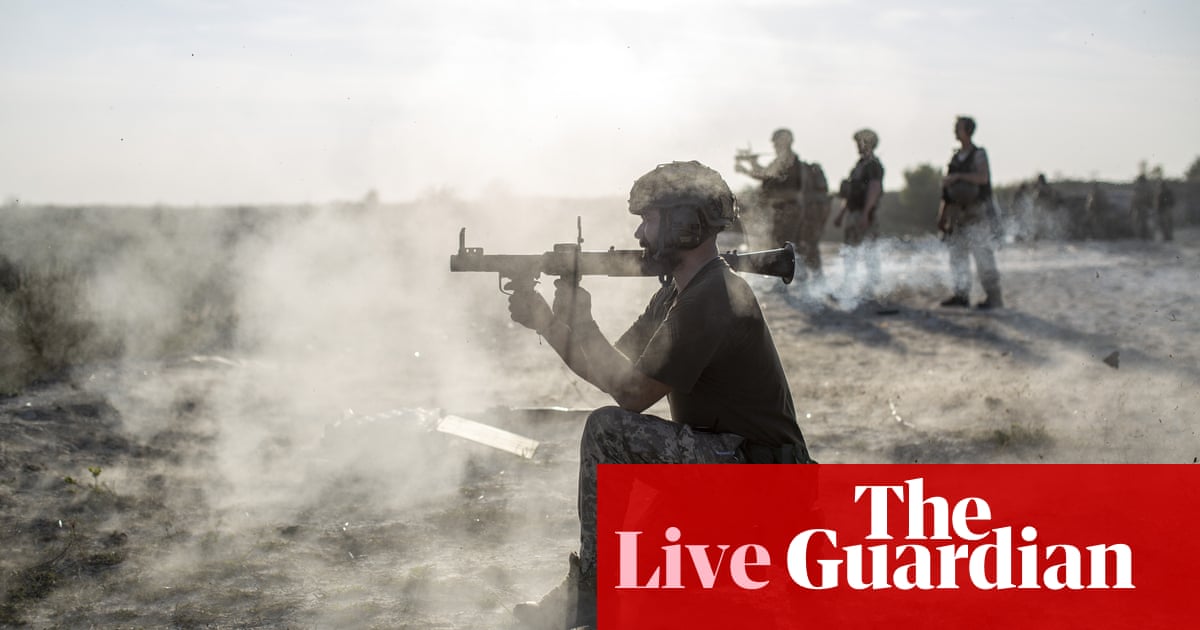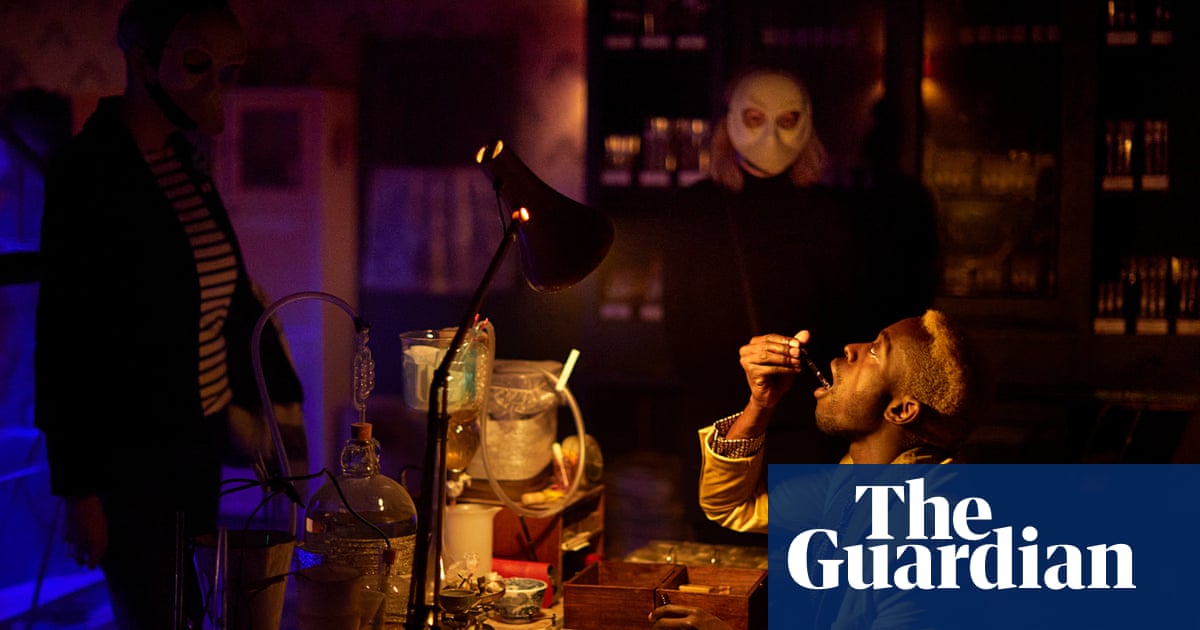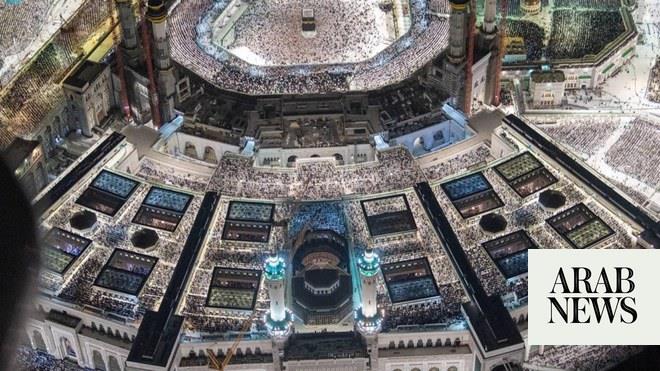
Myanmar’s junta has imposed a curfew and banned gatherings of more than five people in the country’s two biggest cities after days of the largest-scale protests in more than a decade in response to the military coup there.
Gatherings are now illegal in at least seven areas in Yangon and Mandalay, with more townships expected to issue similar decrees, and people are banned from leaving their homes between 8pm and 4am, according to the orders issued after 10pm on Monday night local time, which will remain effective until further notice.
The decrees followed a third day of protests from the Himalayan town of Putao to cities on the shore of the Andaman, a nationwide show of defiance against the ousting of the democratically elected government of Aung San Suu Kyi.
Most of the demonstrations were peaceful, but in the capital, Naypyidaw, police deployed brief bursts of watercannon against protesters, some of whom appeared to be hurt when they were knocked to the ground. Police appeared to stop using the water cannon after protesters appealed to them.
The junta has resisted a more violent response, but state television on Monday afternoon broadcast an unsigned statement claiming Myanmar’s people refused to accept “lawless wrongdoers” and that legal action should be taken against acts that harmed the stability of the state, public safety and the rule of law.
Protesters in Yangon said police asked them to disperse by about 5.30pm local time, and most had complied by the evening. In Naypyidaw, three lines of armed police mobilised with a water cannon truck opposite demonstrators, warning them to leave or be dispersed by force.
Speaking on Monday evening in his first televised address to the country since the coup, senior general Min Aung Hlaing sought to allay discontent by promising to hold a new election, though he gave no timeframe and the military has declared a state of emergency for at least a year.
He repeated the army’s justification for the coup, claiming that a November election that delivered a decisive win for Aung San Suu Kyi’s National League for Democracy was fraudulent. “I want to make a request to every citizen that everyone should go with the true facts and not to follow feelings of your own,” he said.
The marches in Yangon on Monday attracted saffron-robed monks, construction workers in hard hats, teachers in traditional white shirts and green longyis and young people, who made up the bulk of the crowd. They flew multicoloured Buddhist flags alongside red banners in the colour of Aung San Suu Kyi’s National League for Democracy. Some estimates put the number of protesters at hundreds of thousands.
“Release our leaders, respect our votes, reject military coup,” said one sign. Others read: “Save democracy”. Protesters chanted slogans and raised the three-finger salute, a gesture used by pro-democracy activists in neighbouring Thailand that signals opposition to the military in Myanmar.
Some smaller groups broke off from the main protest and headed to the Sule Pagoda, a past rallying point for major protests against juntas.
Kyaw, 58, a small shop owner who protested during the 1988 uprising, called for an end to the coup. “There are so many young educated people here, this is a revolution of the new generation,” he said.
Thiri, 23, sat down with her fellow demonstrators during a march for the NLD in downtown Yangon. “We are young people fighting for democracy and against the military coup,” she said. “They must release Daw Aung San Suu Kyi and our president … When the military cut off social media and the internet, taking to the streets was the only thing we could do.”
“There is never a need for a military to run a country,” said Zaw, 40, a tour guide who spent four months in jail for participating in the Saffron Revolution in 2007. “I hope so much that this brings change, and it should because the people feel so strongly about it,” he said, sporting the protesters’ ubiquitous red ribbon.
Hundreds of people had gathered in Myanmar’s second largest city, Mandalay, by mid-morning, while others marched in the coastal city of Dawei, in the south-east, and in the Kachin state capital in the far north, where they were dressed head to toe in black.
Calls to join protests and to back a campaign of civil disobedience have grown louder and more organised since last Monday’s coup, which drew widespread international condemnation.
The protests that swept the country this weekend were the biggest since the 2007 Saffron Revolution led by Buddhist monks that helped prompt democratic reforms that were upended by the 1 February coup.
In addition to the street protests, a campaign of civil disobedience has begun, with doctors, then teachers and other government workers refusing to work.
“We request government staff from all departments not to attend work from Monday,” said the activist Min Ko Naing, a veteran of the demonstrations in 1988 that first brought Aung San Suu Kyi to prominence.
She won the Nobel peace prize in 1991 for campaigning for democracy, and spent nearly 15 years under house arrest during decades of struggling to end almost half a century of army rule.
The 75-year-old has been kept incommunicado since army chief Min Aung Hlaing seized power in the early hours of 1 February. She faces charges of illegally importing six walkie-talkies and is being held in police detention for investigation until 15 February. Her lawyer said he has not been allowed to see her.












